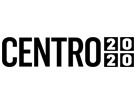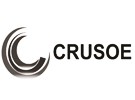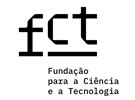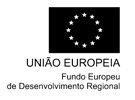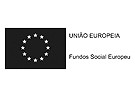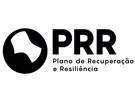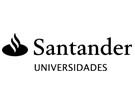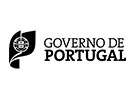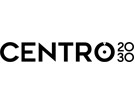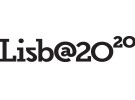



Publication in the Diário da República: Despacho nº 17071/2009 - 23/07/2009
6 ECTS; 1º Ano, Anual, 8,0 T + 4,0 PL + 4,0 TP + 24,0 S , Cód. 64983.
Lecturer
- José Francisco Taborda Curate (1)(2)
(1) Docente Responsável
(2) Docente que lecciona
Prerequisites
Not applicable.
Objectives
The students should be able to identify the main bones of the human skeleton: cranial e postcranial skeleton, anatomical terminology; to interpret the human bones in archaeological contexts: minimum number of individuals, sex and age at death estimation, stature and paleopathology; be be familiar and know how to interpret the major events of the human evolutionay history: hominines, African origins, and events of out of Africa, and the human natural history and phylogenetic relations: Homo sapiens, Homo neanderthalensis and Denisovans.
Program
Inroduction to human osteology.
Concepts of taphonomy.
Recovery of human remains in archaeological contexts.
Discriminate between human and non-human bones.
Reconstructions of life from the skeleton.
Specific fields: paleaopathology
Introduction to human evolution.
The first hominids.
The first exit from Africa and the first Europeans.
The Neanderthals.
The origins of the modern man.
Evaluation Methodology
Essay writing.
Bibliography
- Condemi, S. (2019). A Pocket History of Human Evolution. NY: The Experiment LLC
- Conroy, G. (2012). Reconstructing Human Origins: A Modern Synthesis. NY: Norton
- Sabrina, A. e , . (2012). Social Bioarchaeology. Chichester: Blackwell Publishing
- White, T. (2000). Human Osteology. San Diego: Academic Press
Teaching Method
Oral presentation; observation and analysis of osteological material and fossil moulds, powerpoint presentations.
Software used in class

